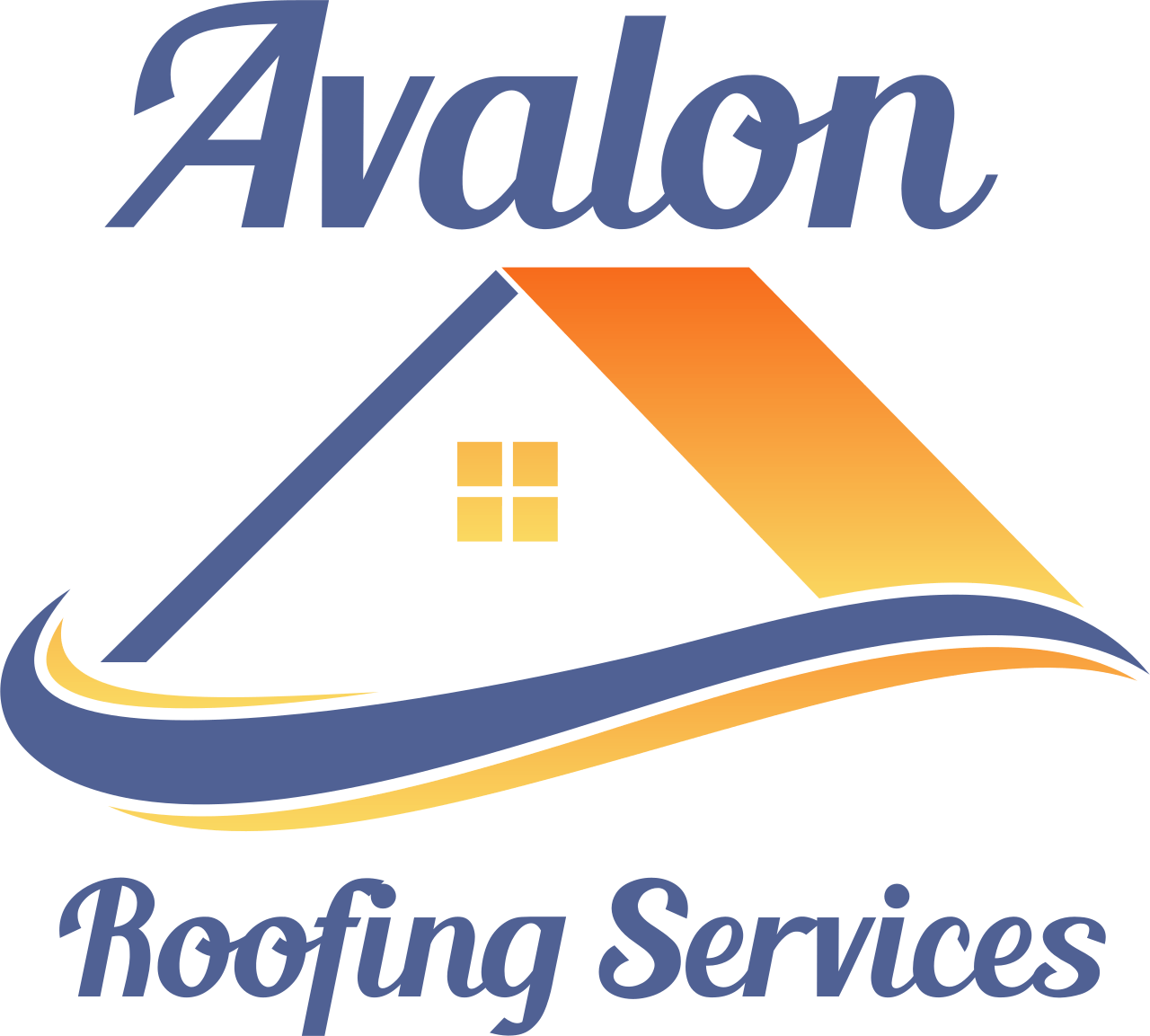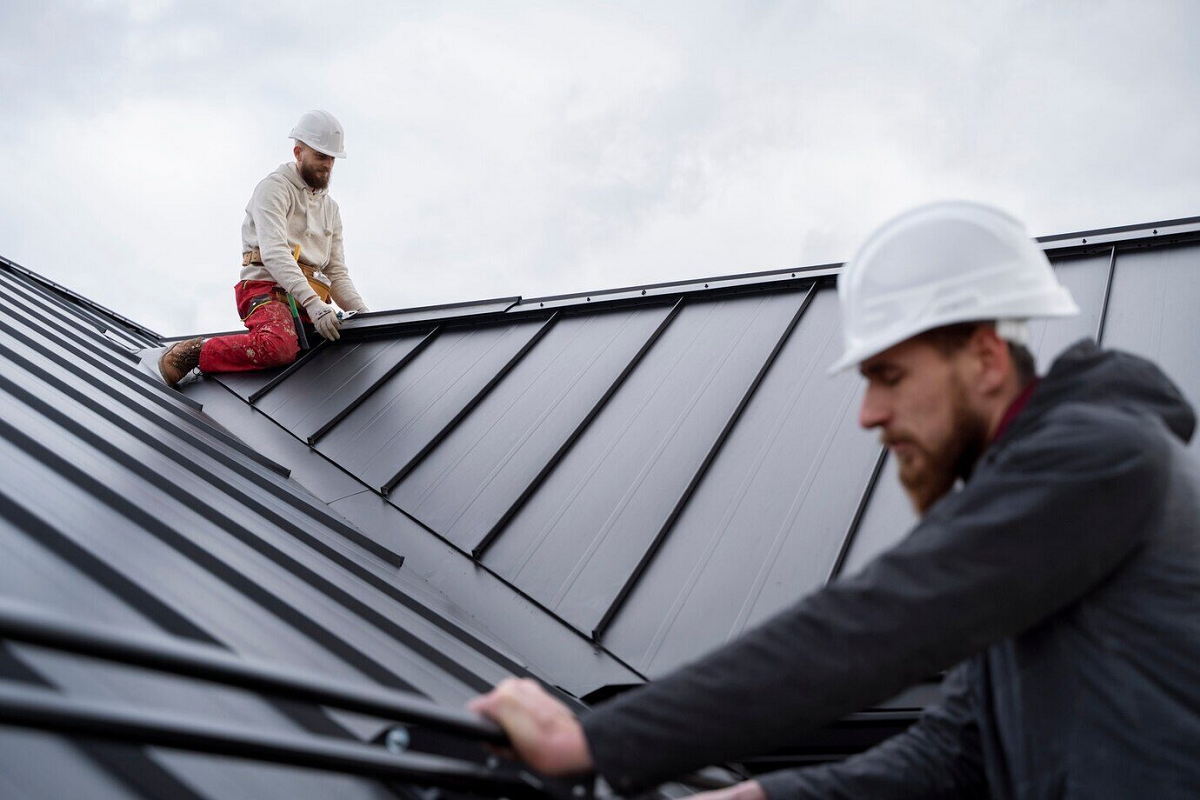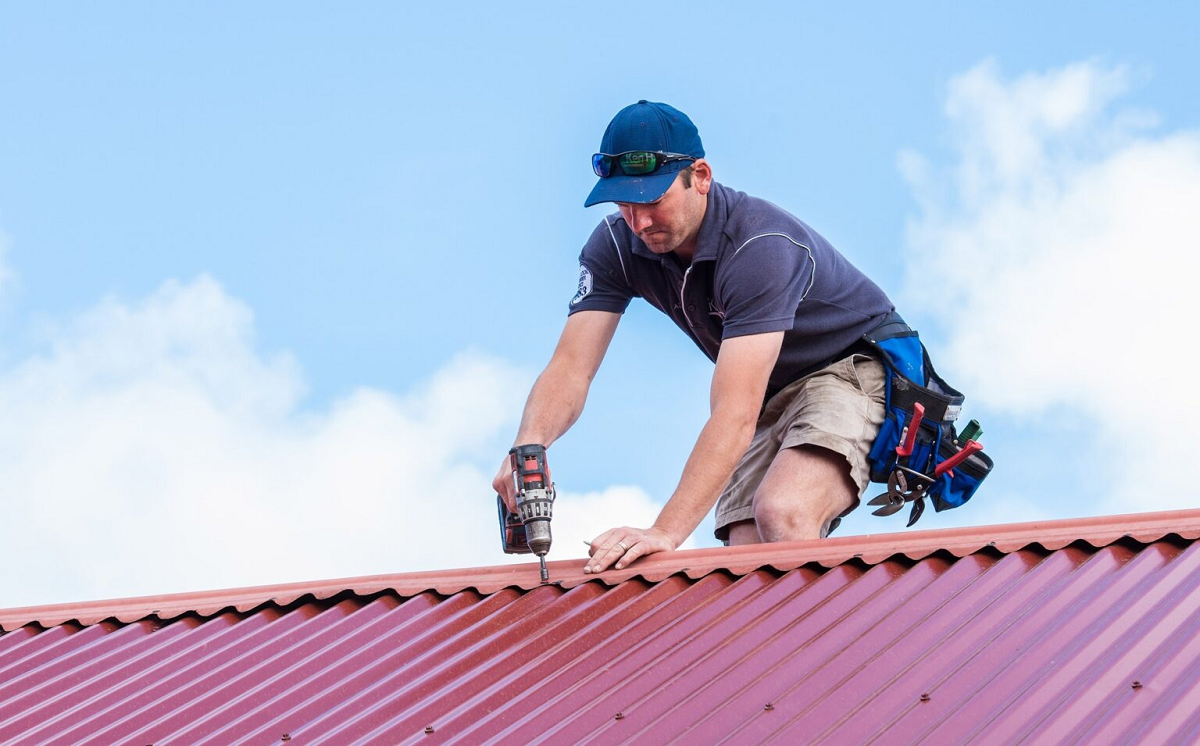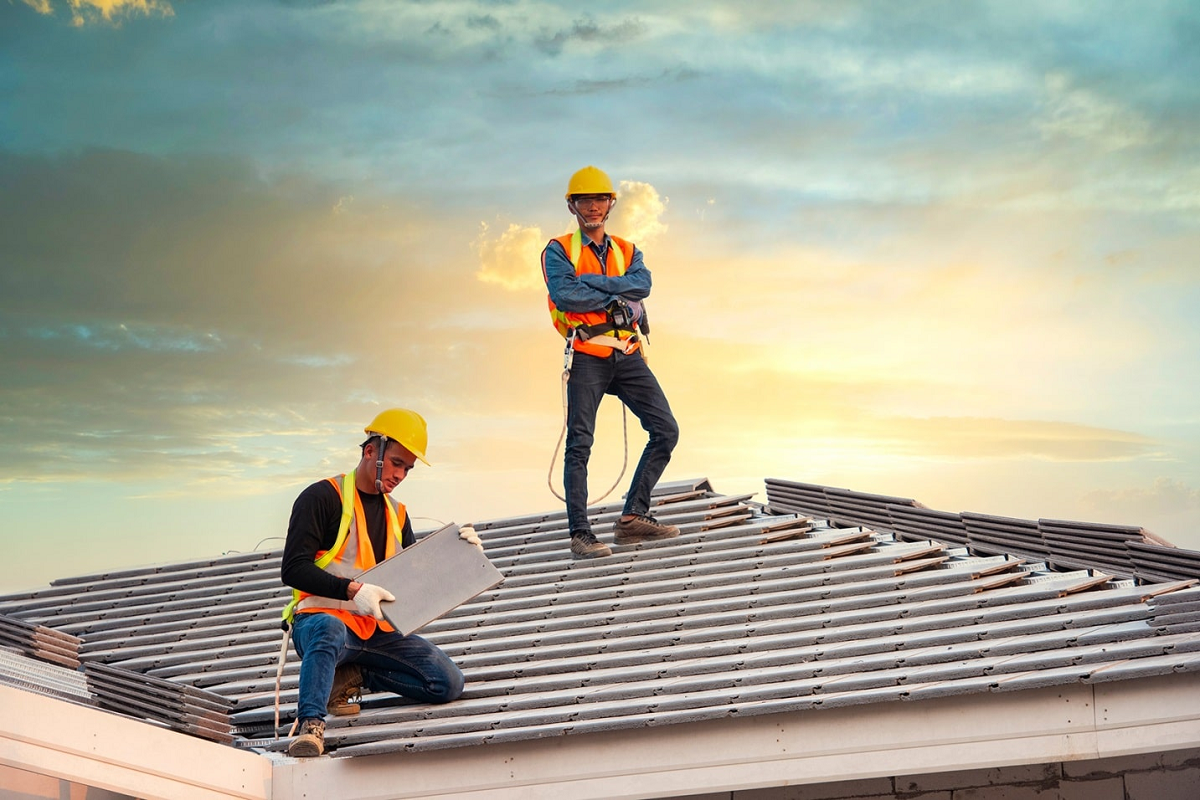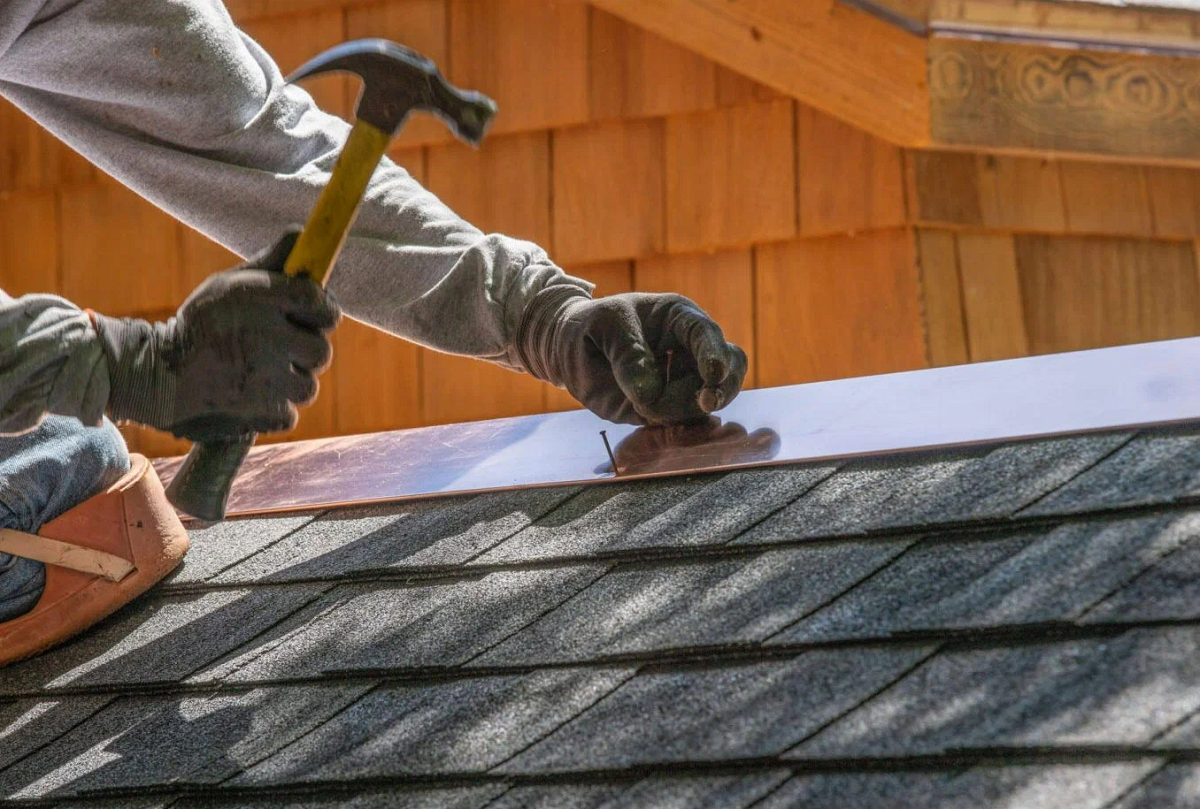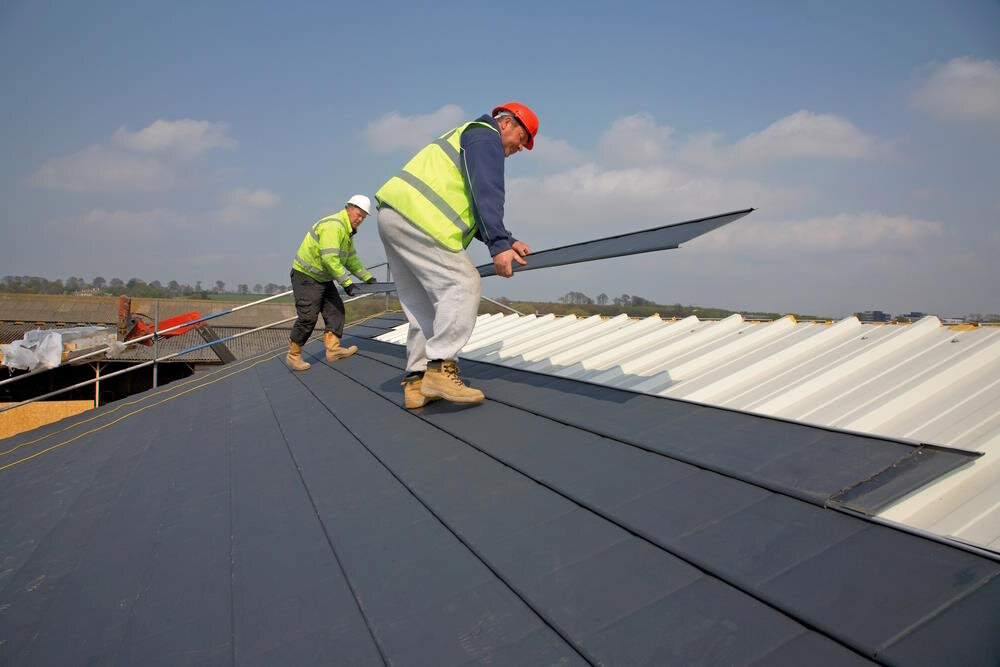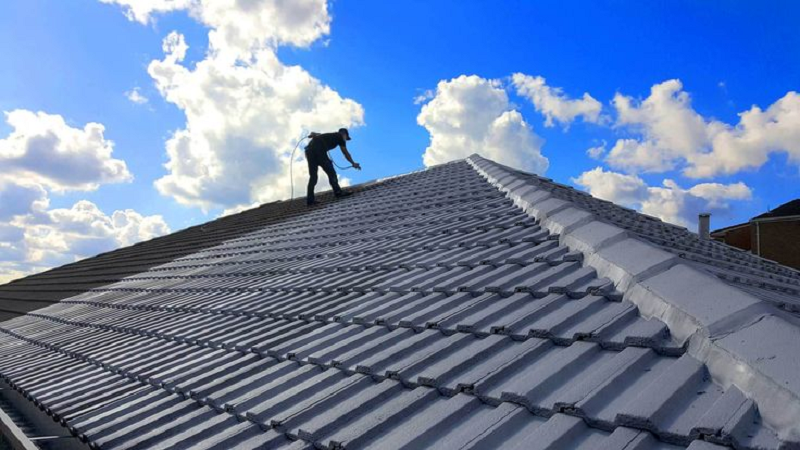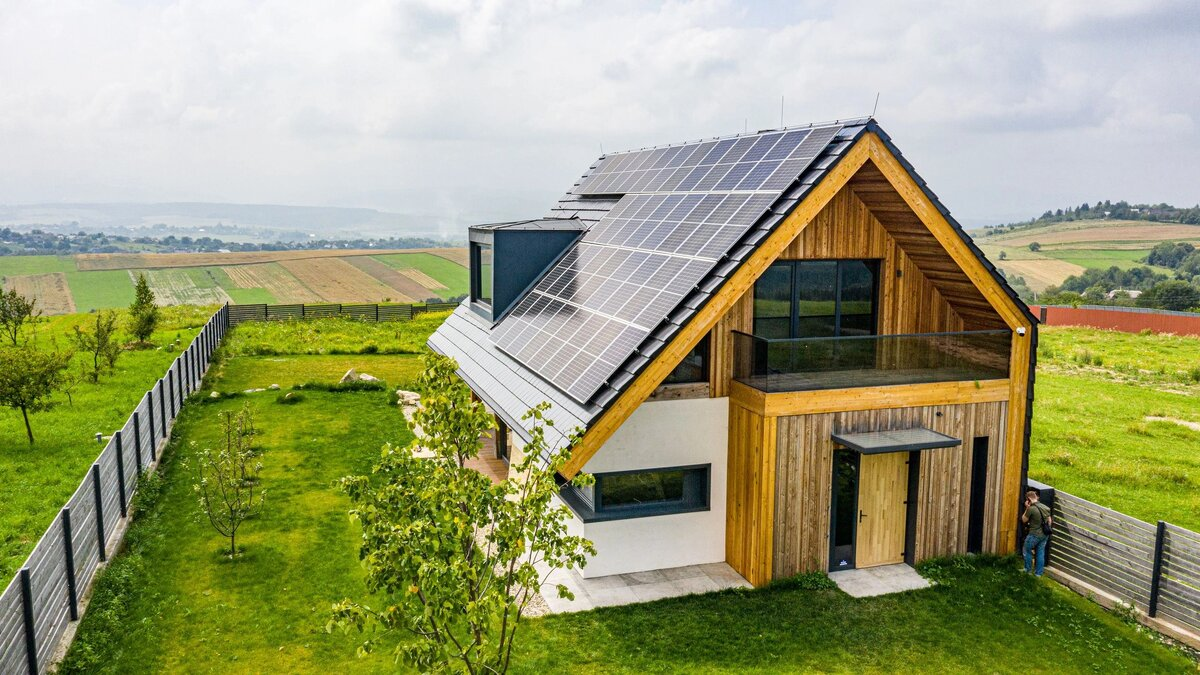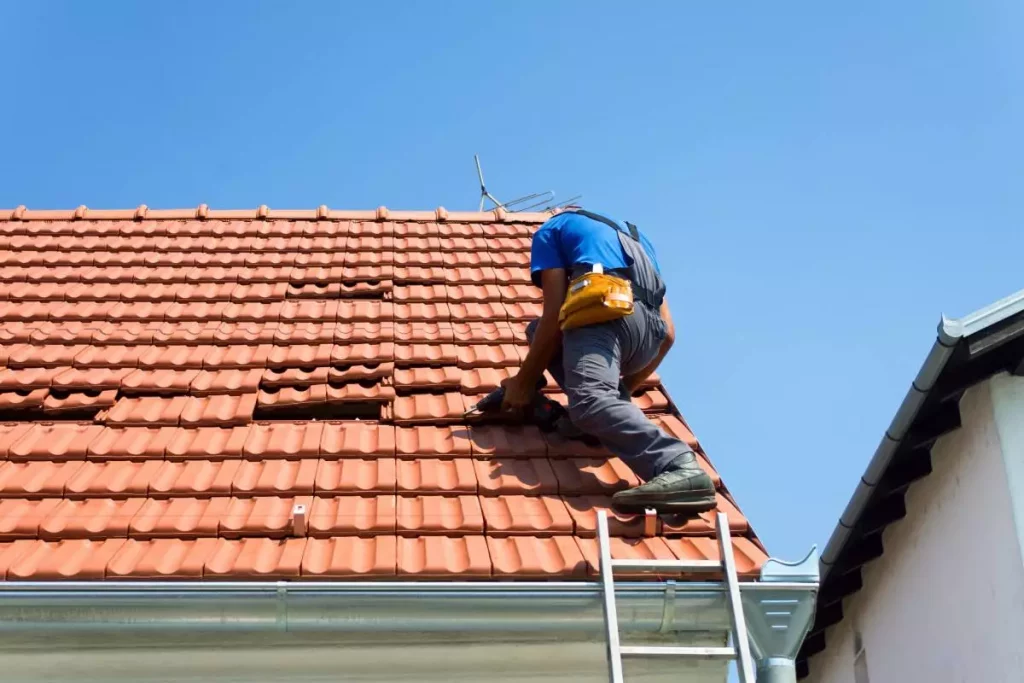Maximizing Efficiency: Residential Roofing Choices
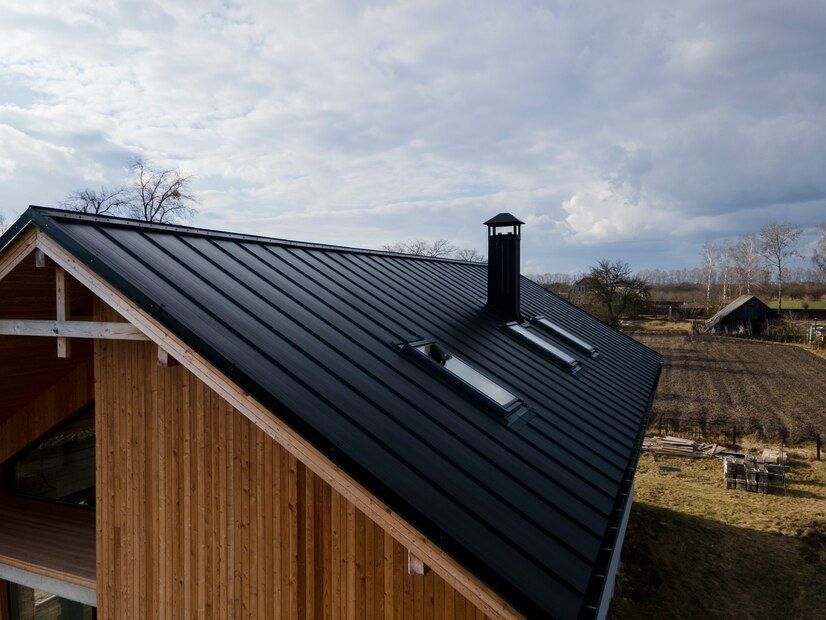
In the realm of home improvement, few decisions carry the weight and long-term impact of selecting the right roofing material. Your choice not only affects the aesthetics of your residence but also plays a crucial role in its efficiency and durability. Residential roofing stands as a testament to this principle, where myriad options vie for attention, each promising unique benefits.
From traditional asphalt shingles to eco-friendly alternatives like metal or solar panels, the array of choices can be overwhelming. However, amidst this diversity lies the opportunity to optimize not just the appearance but the functionality of your home. Maximizing efficiency in residential roofing involves a nuanced understanding of factors such as climate, budget, and long-term maintenance.
By delving into these considerations, we uncover the key strategies for selecting roofing solutions that not only enhance curb appeal but also contribute to sustainability and cost-effectiveness.
Understanding Climate Considerations: Tailoring Roofing Choices to Local Weather Patterns
Selecting the right roofing material means considering your home's climate. In rainy or snowy regions, opt for water-resistant materials like metal or slate, while reflective options like white membranes or coated tiles are best for hot areas. Aligning your choice with local weather patterns enhances durability and energy efficiency year-round.
Assessing Energy Efficiency: How Different Roofing Materials Impact Home Heating and Cooling Costs
Assessing the energy efficiency of roofing materials is crucial for homeowners seeking to optimize their home's thermal performance and reduce heating and cooling costs.
- Thermal Mass: Materials with high thermal mass, such as concrete or clay tiles, can absorb and store heat during the day, moderating indoor temperatures and reducing the need for heating or cooling systems.
- Reflectivity: Light-colored or reflective roofing materials, like metal or coated shingles, can reflect sunlight away from the home, minimizing heat absorption and lowering air conditioning demands.
- Insulation: Some roofing materials, such as asphalt shingles, offer better insulation properties, helping to retain heat in the winter and keep the interior cooler in the summer.
- Ventilation: Proper attic ventilation is essential for maintaining consistent temperatures and reducing energy consumption. Certain roofing materials may require specific ventilation systems to optimize performance.
- Energy Ratings: Consider the energy efficiency ratings of roofing materials, such as the Solar Reflectance Index (SRI) or the R-value for insulation, to gauge their effectiveness in reducing heating and cooling costs.
Assessing the energy efficiency of roofing materials involves considering factors such as thermal mass, reflectivity, insulation, ventilation, and energy ratings. By selecting materials that promote efficient heat management and reduce reliance on heating and cooling systems, homeowners can lower their energy bills and create more comfortable living environments while minimizing their environmental impact.
Durability Matters: Evaluating Longevity and Maintenance Requirements of Residential Roofing Options
When it comes to residential roofing, durability is paramount, ensuring your investment withstands the test of time and environmental factors. Evaluating the longevity and maintenance requirements of various roofing options is essential for making an informed decision that aligns with your needs and budget.
- Resistance to Environmental Factors: Choose roofing materials that can withstand the specific weather conditions of your area, whether it's heavy rainfall, strong winds, or intense sunlight.
- Longevity: Look for roofing options with a proven track record of longevity, ensuring your roof remains in optimal condition for years to come.
- Maintenance Requirements: Consider the amount of maintenance each roofing material requires, including inspections, repairs, and cleaning, to determine the overall cost of ownership.
- Impact Resistance: Prioritize materials that offer excellent resistance to impacts from hail, falling debris, and other potential hazards, reducing the risk of damage over time.
- UV Protection: Opt for roofing materials with built-in UV protection to prevent degradation and color fading caused by prolonged exposure to sunlight.
When evaluating residential roofing options, prioritizing durability is key to ensuring the longevity and performance of your roof.
Environmental Impact: Exploring Eco-Friendly Roofing Materials and Their Sustainability Benefits
As environmental awareness grows, choosing sustainable roofing materials becomes crucial. Options like recycled metal, reclaimed wood, or solar panels reduce resource consumption and carbon emissions.
Additionally, materials like green roofs or cool roofs combat the urban heat island effect, enhance air quality, and support biodiversity. By selecting eco-friendly roofing, homeowners not only contribute to conservation but also create healthier and more sustainable living environments.
Cost Analysis: Balancing Upfront Expenses with Long-Term Savings in Residential Roofing Investments
When choosing a residential roofing material, it's essential to consider long-term financial implications beyond initial costs. While some materials may have higher upfront expenses, they often provide superior durability and energy efficiency, leading to reduced maintenance and utility costs over time.
By conducting a comprehensive cost analysis covering installation, maintenance, and energy savings, homeowners can make informed decisions aligned with their budget and financial objectives. Striking the right balance between upfront expenses and long-term savings allows homeowners to maximize the value of their roofing investments while minimizing total cost of ownership.
Aesthetic Appeal: Matching Roofing Styles and Colors to Enhance Overall Home Design
Roofing isn't just for protection; it's a vital visual element that elevates your home's overall appeal. The perfect roofing style and color can accentuate architectural features, express personal style, and boost property value.
Whether you prefer the timeless allure of cedar shake, the contemporary look of metal panels, or the rustic charm of clay tiles, selecting a roofing material that aligns with your home's design is key. Also, factor in how the roof's color and texture complement other exterior elements like siding, trim, and landscaping for a cohesive and aesthetically pleasing exterior.
Noise Reduction: Selecting Roofing Materials to Minimize Sound Transmission from Rain or Hail
The choice of roofing material significantly impacts home tranquility, particularly in regions with frequent rain or hail. Metal or asphalt shingles may amplify rainfall noise indoors, disrupting peace.
In contrast, materials like clay tiles or composite shingles offer superior sound insulation, creating a quieter environment. Prioritizing noise reduction when choosing roofing materials enhances comfort and enjoyment, especially during adverse weather conditions.
Fire Resistance: Understanding the Fire Ratings of Various Roofing Materials for Enhanced Safety
When it comes to protecting your home from fire hazards, understanding the fire ratings of different roofing materials is paramount. Certain materials, such as metal, concrete, or clay tiles, have high fire ratings, making them excellent choices for areas prone to wildfires or urban environments where fire spread is a concern.
- Metal roofing: Known for its excellent fire resistance, metal roofing typically has a Class A fire rating, making it highly suitable for fire-prone areas.
- Concrete tiles: With their non-combustible properties, concrete tiles offer exceptional fire resistance, often earning a Class A fire rating as well.
- Clay tiles: Similar to concrete tiles, clay tiles are non-combustible and boast a Class A fire rating, providing reliable protection against fire hazards.
- Asphalt shingles: While common, asphalt shingles generally have lower fire ratings compared to metal, concrete, or clay tiles, making them less suitable for areas with high fire risk.
- Composite shingles: Made from a mixture of materials, composite shingles may vary in their fire resistance, with some products offering Class A fire ratings for enhanced safety.
Prioritizing fire resistance when selecting roofing materials is crucial for safeguarding your home and loved ones. By opting for materials with high fire ratings, such as metal, concrete, or clay tiles, you can enhance the safety and resilience of your home against fire hazards, providing peace of mind for years to come.
Installation Complexity: Weighing the Ease of Installation and Associated Labor Costs for Different Roofing Types
The ease of installing a new roof varies with the chosen material and required skill level. Asphalt shingles are simpler and require less labor, whereas materials like slate or clay tiles demand specialized expertise and more time. Consequently, labor costs fluctuate, impacting the project budget.
Considering installation ease, labor costs, durability, and aesthetics helps homeowners make informed decisions balancing quality and affordability. Consulting experienced roofing contractors provides valuable insights into installation processes and expenses.
Future Trends: Anticipating Innovations in Residential Roofing Materials and Technologies for Improved Efficiency
As we look to the future, the residential roofing industry is poised for exciting advancements that promise improved efficiency and sustainability. Anticipating these innovations is key to staying ahead in the realm of home improvement.
- Solar-integrated roofing systems: Integration of solar panels directly into roofing materials offers a seamless and efficient way to harness renewable energy.
- Self-healing materials: Next-generation roofing materials with self-repair capabilities can mitigate damage from wear and tear, extending the lifespan of roofs.
- Modular green roofs: Modular systems for green roofs make it easier to incorporate vegetation into urban environments, providing insulation and mitigating stormwater runoff.
- Cool roof technologies: Advancements in cool roof technologies aim to reduce heat absorption, lowering cooling costs and mitigating the urban heat island effect.
- Smart roofing solutions: Integration of sensors and IoT technology enables proactive monitoring of roof conditions, allowing for timely maintenance and optimization of energy efficiency.
The future of residential roofing is bright with innovations that prioritize efficiency, sustainability, and functionality.
When it comes to residential roofing, every aspect matters, from climate considerations to aesthetic appeal and environmental impact. Your roof is not just a covering; it's an investment in your home's longevity, your family's safety, and your environmental footprint. At Avalon Roofing Services, we understand the importance of making informed decisions about your roofing needs.
With over 30 years of experience serving Manteca, we've earned our reputation as a trusted name in the industry, accredited by the Better Business Bureau as an A+ roofing contractor. Whether you're looking to optimize energy efficiency, enhance durability, or simply update the look of your home, we're here to help.
Contact us today at contact@avalonroofing209.com or call our office at (209) 380-1275 to schedule a consultation. For after-hours inquiries, reach us at (209) 483-7593. Let's work together to ensure your roof not only meets but exceeds your expectations.
